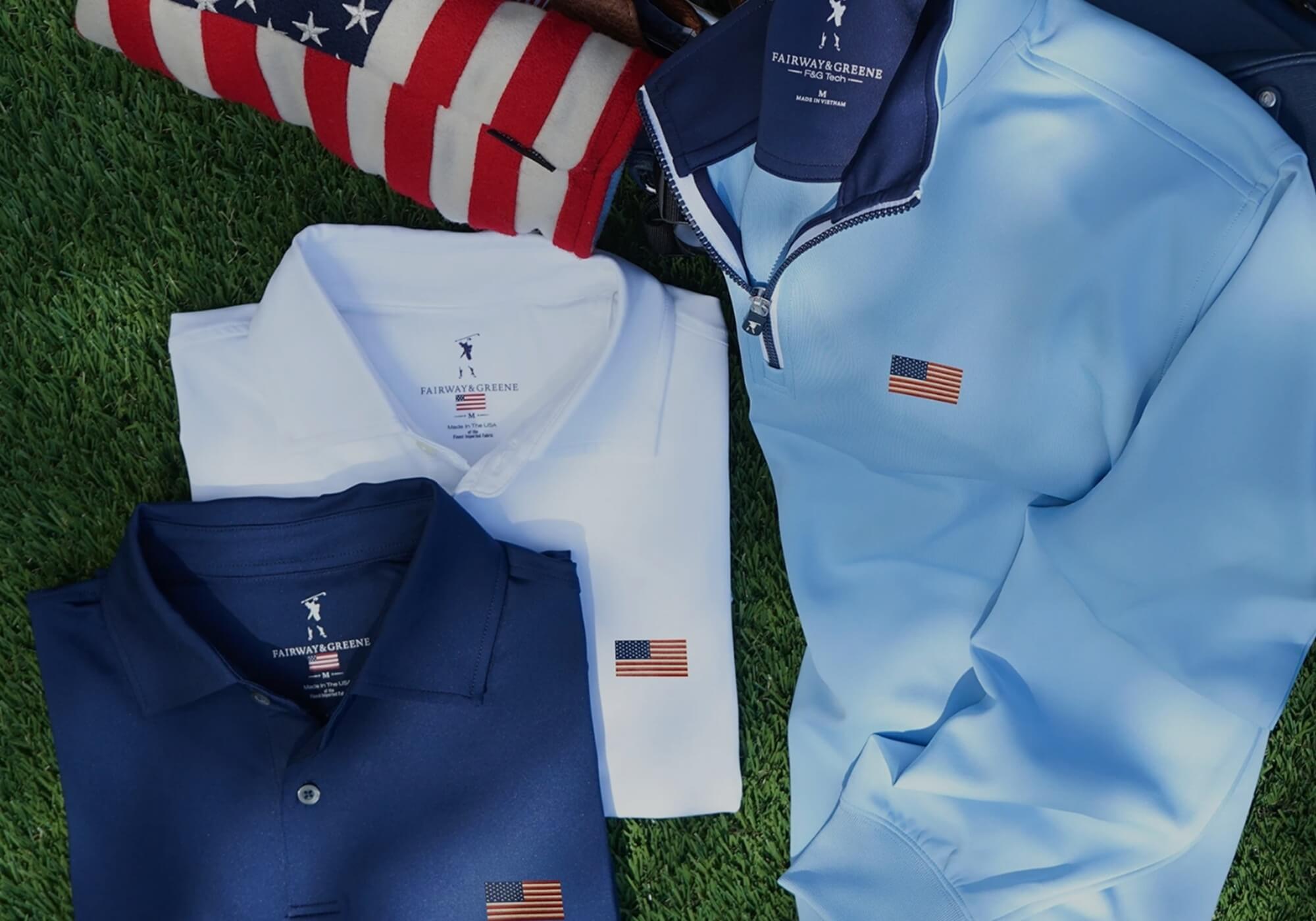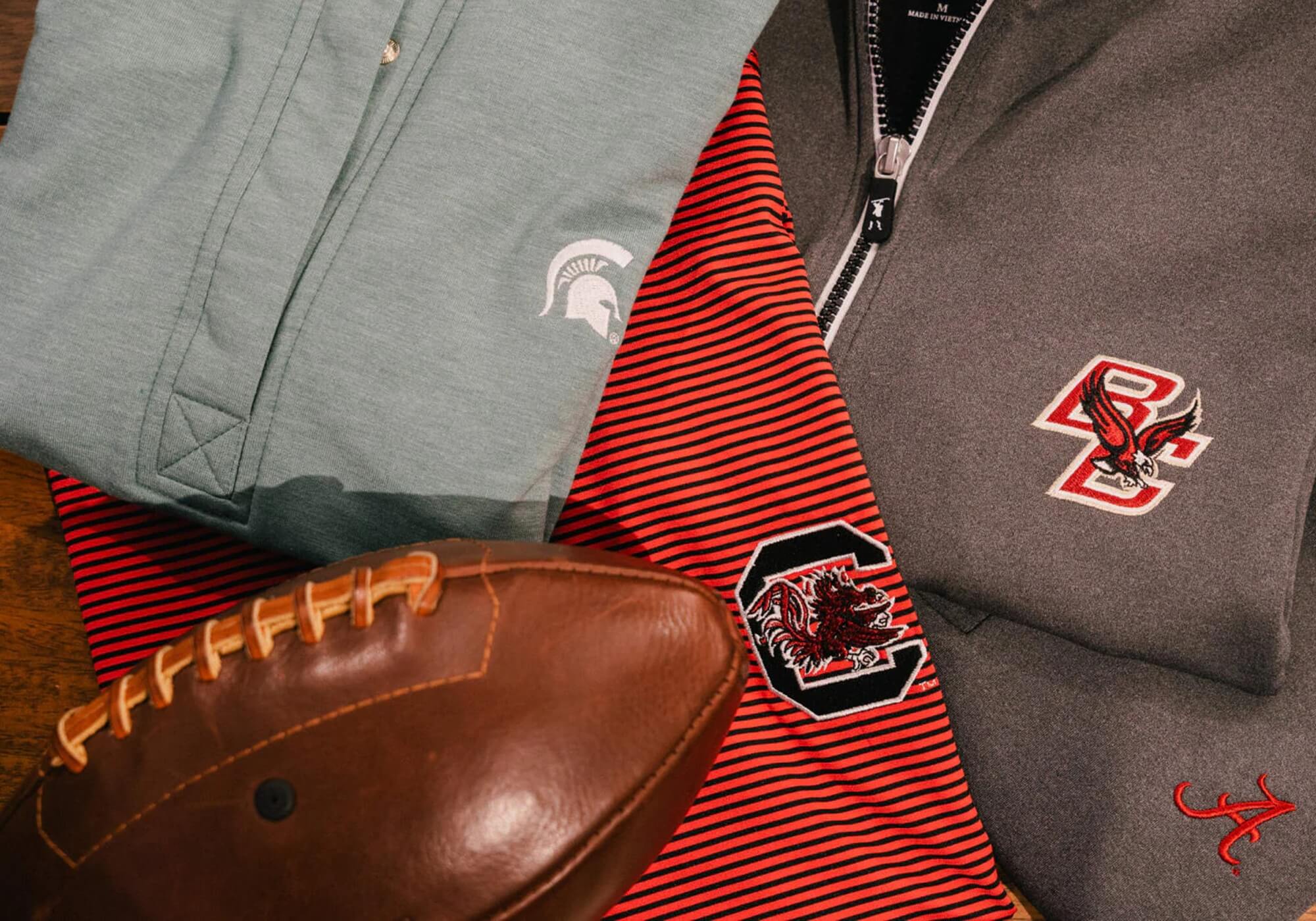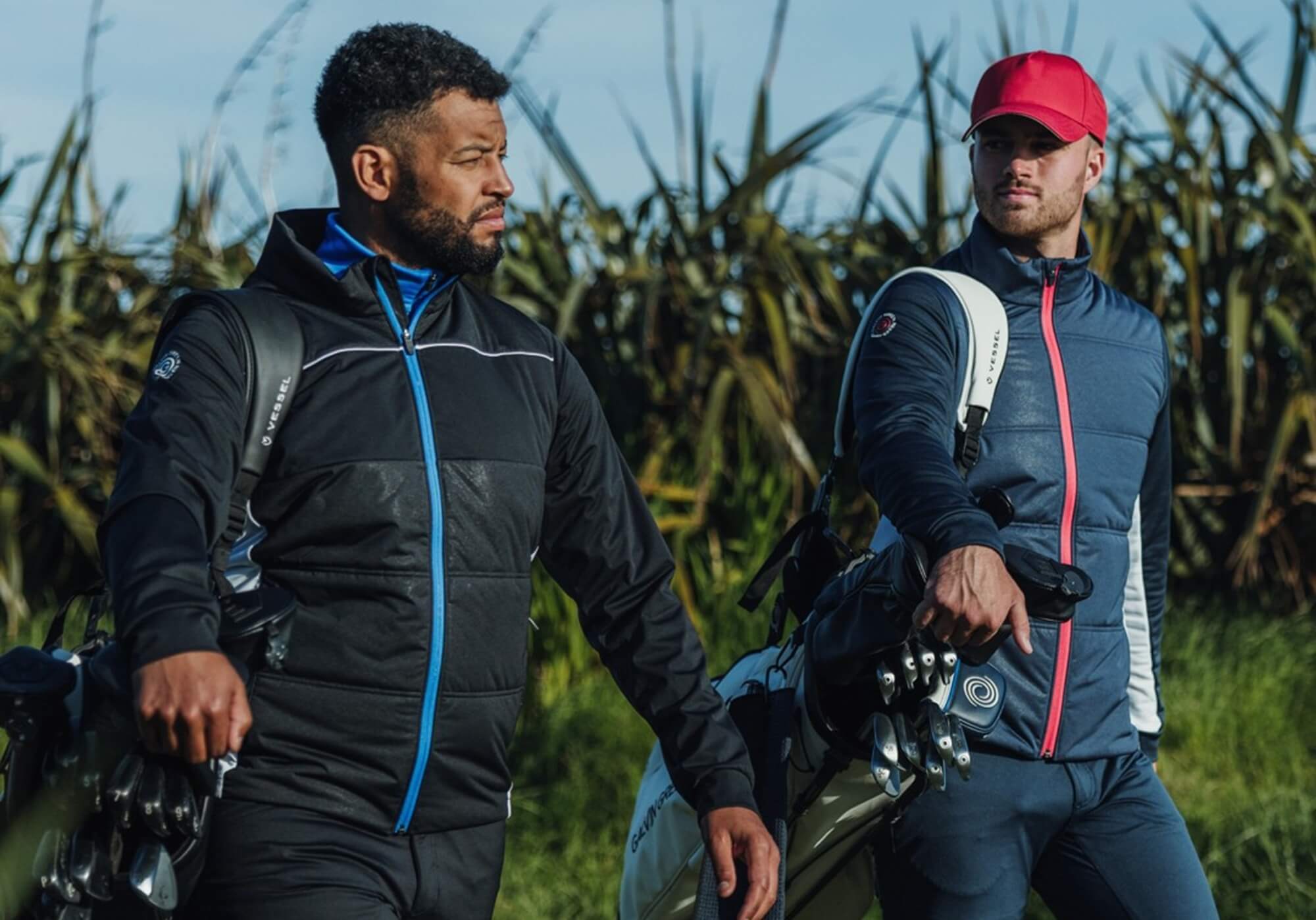Last Saturday, I watched a student pull out his rangefinder on the 14th tee, zap the pin at 147 yards, then proceed to fly his approach shot over the green into thick rough. He had the exact distance but made the worst possible decision with that information.
Here’s the thing: knowing yardages doesn’t automatically make you a better golfer. In fact, I see players get worse when they first start using rangefinders because they become obsessed with precision while ignoring strategy. They’re so focused on hitting it exactly 147 yards that they forget about the water hazard lurking behind the pin or the bunker guarding the front.
After two-plus decades of teaching, I’ve learned that rangefinders are only as good as the decisions you make with them. The magic isn’t in the technology itself but in how you use that information to eliminate big numbers from your scorecard.
The layup that saves strokes
Most golfers use rangefinders to attack pins. Smart golfers use them to find safe landing zones. When you’re 180 yards out on a par-4 with water short of the green, don’t just zap the flag. Range the front edge of the hazard, the back edge, and identify your perfect layup distance.
I teach students to find their “money yardage” for each wedge. If you’re deadly with a 60-yard sand wedge, use your rangefinder to identify spots that leave you exactly that distance. Suddenly, that intimidating approach becomes a routine pitch shot to a fat part of the green.




















